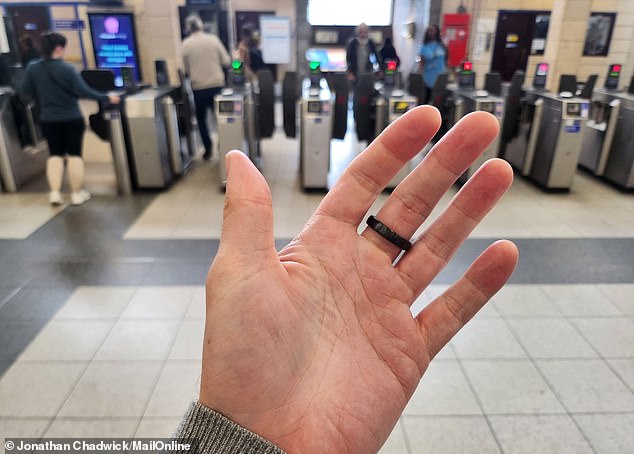While the first one was launched over a decade ago, smart rings are quickly becoming the must-have tech gadget for 2024.
Samsung has just launched its £399 AI-powered Galaxy Ring, while Oura’s £500 ring is the device of choice for Prince Harry, Kim Kardashian and the England team.
Not to be outdone, Apple is reportedly preparing its own version, which will be released later this year.
However, a more “minimalist” proposal from a little-known British company could prove popular – and it doesn’t cost a penny.
MailOnline tested the free MuchBetter Pay Ring, which unlike its rivals has no battery and never needs charging – but it only has one function.
The MuchBetter Payment Ring is battery-free and never needs charging, but it only makes payments easier.
Unlike expensive smart rings from Samsung and Oura that track your sleep patterns, physical activity, and even health factors like stress, MuchBetter’s ring makes contactless payments like a debit card.
A MuchBetter spokesperson told MailOnline that these other rings “are not as smart as their manufacturers like to claim”.
“Both are expensive to buy, both run out of battery quickly, and while both offer health tracking such as steps and heart rate, neither offers users the biggest convenience of all – being able to make contactless payments on the go,” the spokesperson said.
The first step is to download the MuchBetter app, where I have to enter my full name, date of birth, email and home address to create an account.
As part of the verification process, I even have to take a photo of a recent utility bill confirming my residential address.
(Don’t you miss the days when every technological device on the market didn’t demand your personal data!)
The ring itself, on the other hand, costs nothing.
As part of a temporary promotion, you’ll get it for free whenever you top up your account with £100, though you’ll have to pay £5.99 in shipping to receive it.
I must admit that, just by its appearance, it looks like a modest fashion accessory, one that is unlikely to attract the attention of thieves.
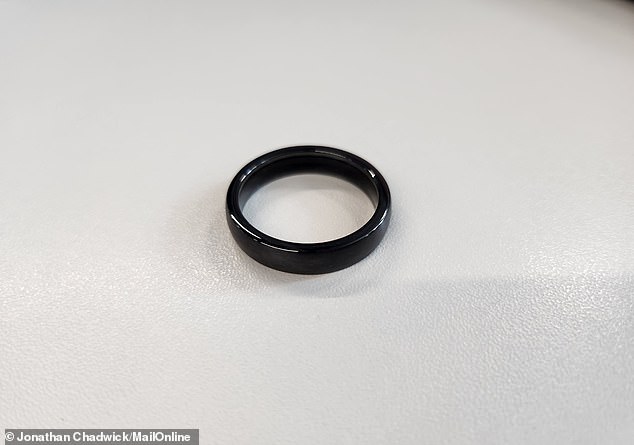
Unlike rival companies, MuchBetter’s smart ring is free, sort of. You have to deposit money into your account to have it shipped to you.
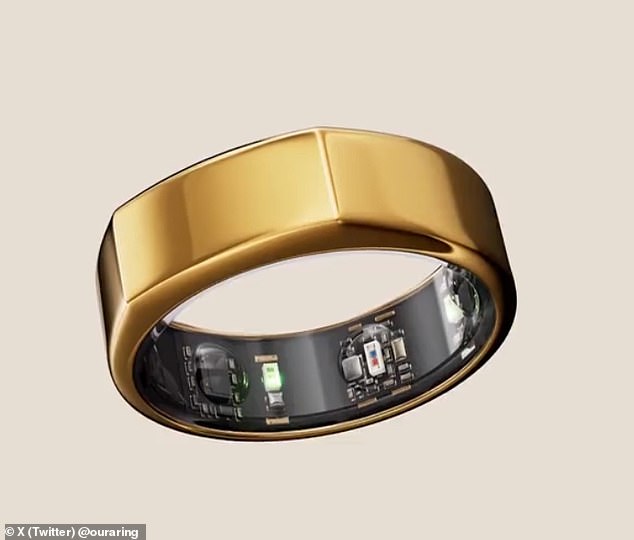
The £500 Oura ring (pictured) is the device of choice for Prince Harry, Kim Kardashian and the England national team.
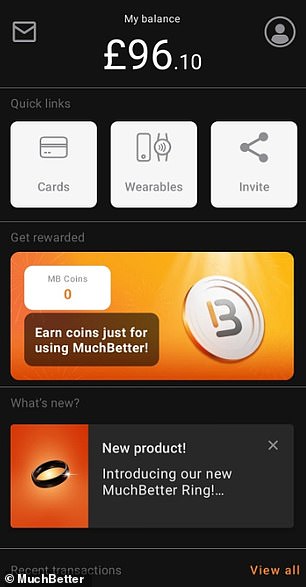
This screenshot shows the layout of the MuchBetter app: with the balance at the top and recent transactions at the bottom.
It’s lightweight and thin and has no open nooks or crannies, making it water and sand resistant if you’re at the beach.
I then have to name my ring (I opt for “Ringo”) and tap it on the back of my phone to link it to my account.
Once I’ve chosen my currency and topped up £100 (which involves linking a bank account), I’m finally ready to spend.
The first time I use the ring to buy groceries, I’m really embarrassed to hold it up to the POS machine. Surely this isn’t going to work? Surely the shopper next to me will think I’m an idiot?
But the amazing thing is that the POS machine accepts it just like my debit card. There really is no difference.
As I leave the store I feel at the height of sophistication, as if I were using the latest Q Branch gadget in the James Bond films.
On another occasion, a Marks & Spencer employee appears particularly stunned, although he doesn’t seem to notice.
He asks in disbelief if I just paid with my hand, as if there was a payment chip embedded there or I simply had magical powers.
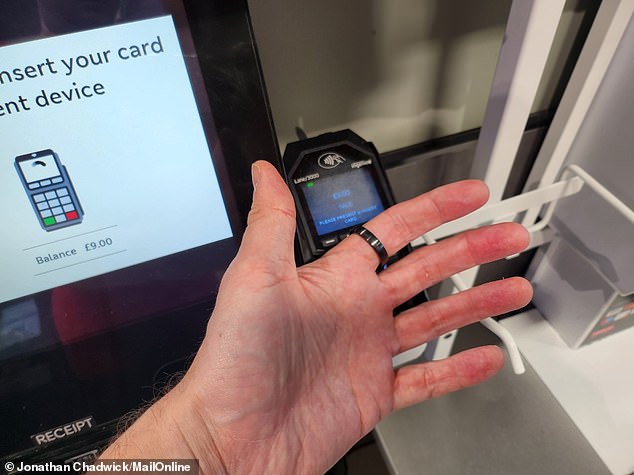
The MuchBetter ring works in exactly the same way as a contactless card. When it is brought close to a point-of-sale (POS) machine, a signal enables the transmission of information to the POS terminal to initiate the transaction.
I also try the ring on the London Underground, where security staff look at me very strangely, as if I’m somehow trying to fool the barriers.
In total, I made about 10 payments using the ring and only twice did it not work, although I think on both occasions I took too long to put my hand on the POS.
I don’t need to use the MuchBetter app when making a payment, although it is useful for monitoring my balance.
For security, every time I want to use the app I have to enter a 4-digit passcode, and if I lose the ring I can tap “freeze” to prevent anyone from using it.
The ring also has the same contactless limits as a card: if you make too many transactions with it, the POS machine will prompt you for chip and PIN.
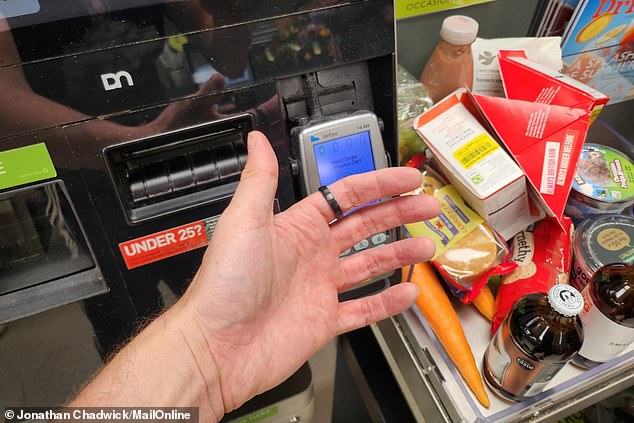
From the looks of it, it looks like a modest fashion accessory, one that’s unlikely to catch the attention of thieves (until you put it in front of a POS machine).
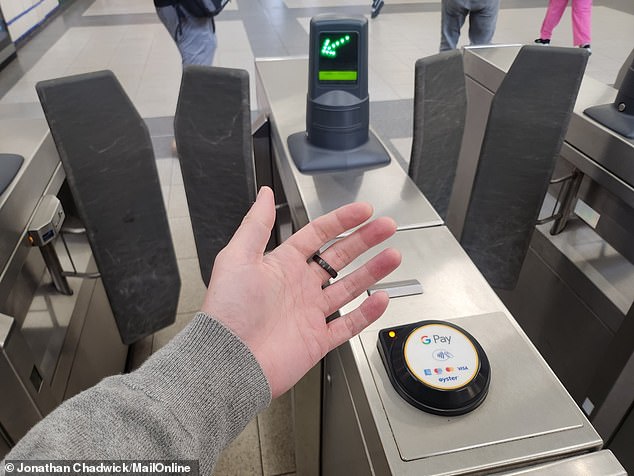
I try the ring on the London Underground, where security staff look at me very strangely, as if I’m trying to fool the barriers.
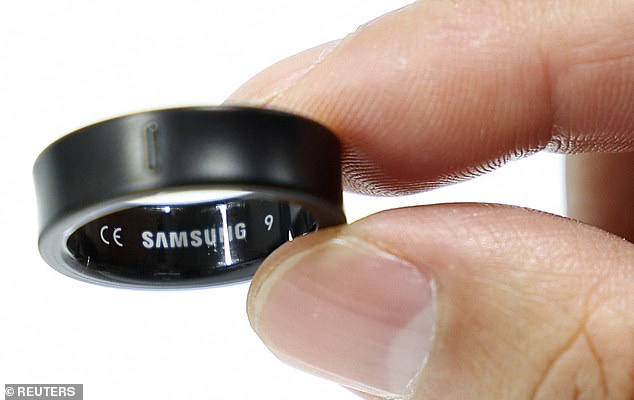
Samsung’s new Galaxy Ring (pictured) tracks your health by continuously measuring and analyzing your body patterns and activities, such as sleep, energy levels and fitness.
What I like about this ring is its simplicity: it does away with all the creepy body-tracking capabilities that manufacturers like Samsung seem to be pushing and instead focuses solely on payments.
Basically, it exists for one reason only: so that people don’t have to take their wallet or smartphone out of their pocket every time they pay for something.
While it saves effort and a bit of time, the act of downloading another app and linking a bank account is definitely a waste of time.
For payment rings to become widespread, major banks will likely have to issue their own versions so we can bypass the middleman.
Some banks around the world have done this (Bankwest in Australia, for example), but these little devices don’t seem to have caught on.
It’s a shame, because we’re now forced to make cashless transactions more than ever and we definitely need a new, easy way to pay.


